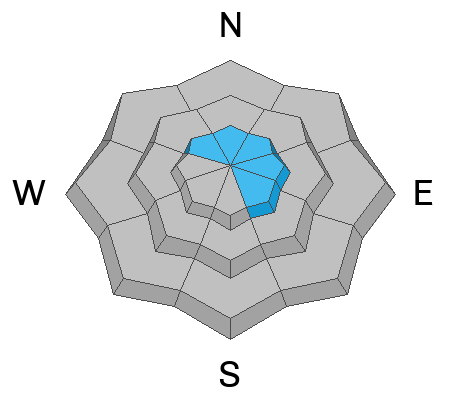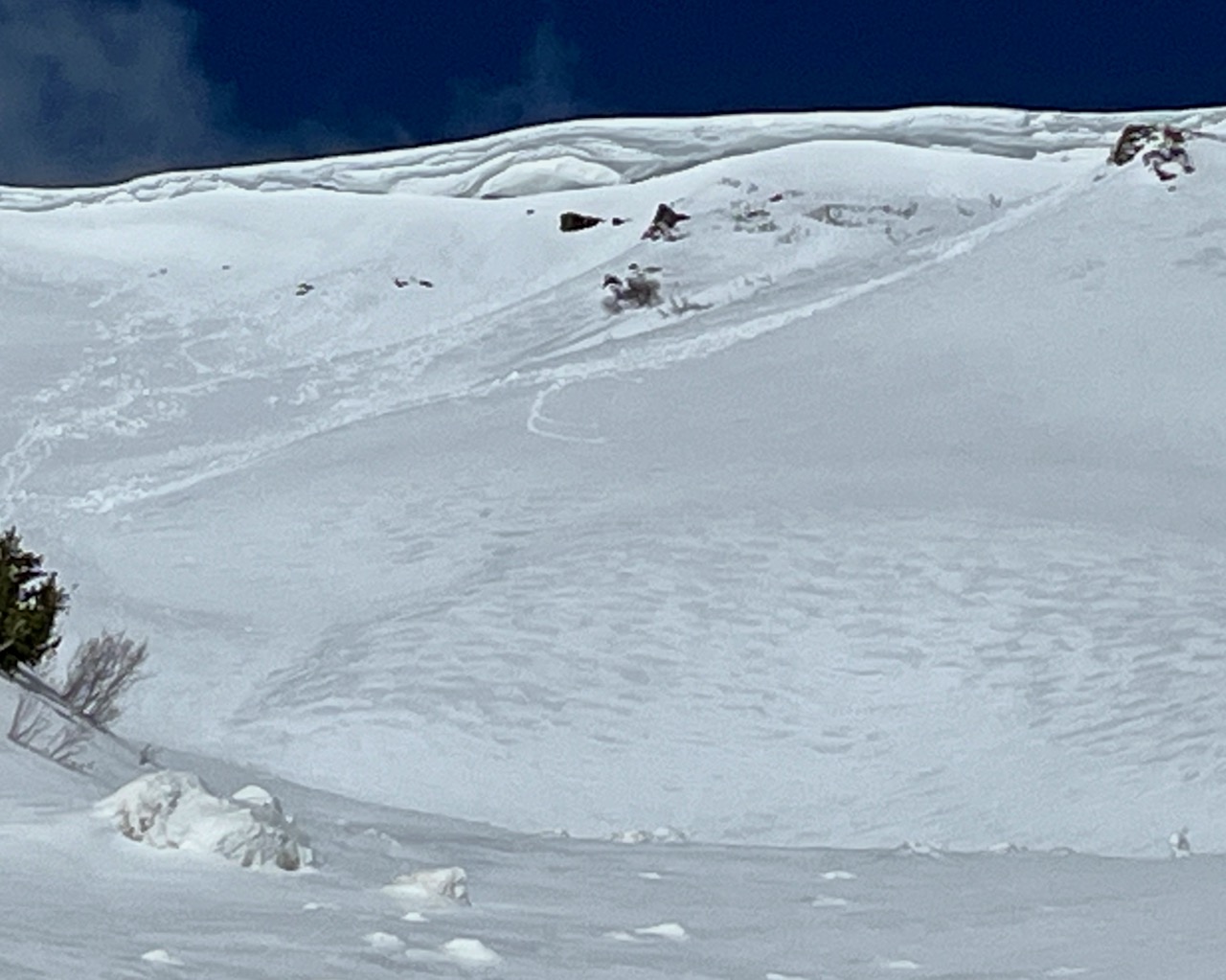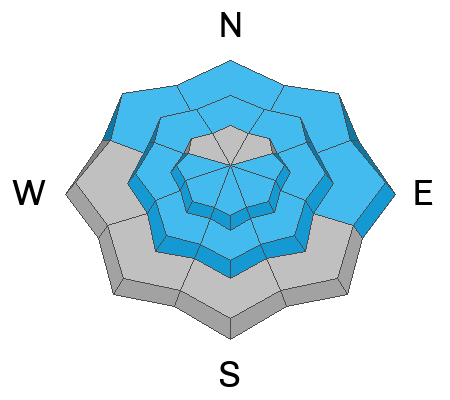Forecast for the Logan Area Mountains

Issued by Toby Weed on
Sunday morning, April 14, 2024
Sunday morning, April 14, 2024
Overnight temperatures stayed well above freezing in the mountains, and hot temperatures and strong sun will elevate the avalanche danger to MODERATE at all elevations again today. Heightened conditions will develop on many slopes steeper than 30°, with wet avalanches, glide avalanches, and large natural cornice falls possible.
- Evaluate snow and terrain carefully.
- Avoid terrain threatened by large overhanging cornices.
- Move off and out from under slopes with melt-softened saturated snow in the day's heat.

Low
Moderate
Considerable
High
Extreme
Learn how to read the forecast here









